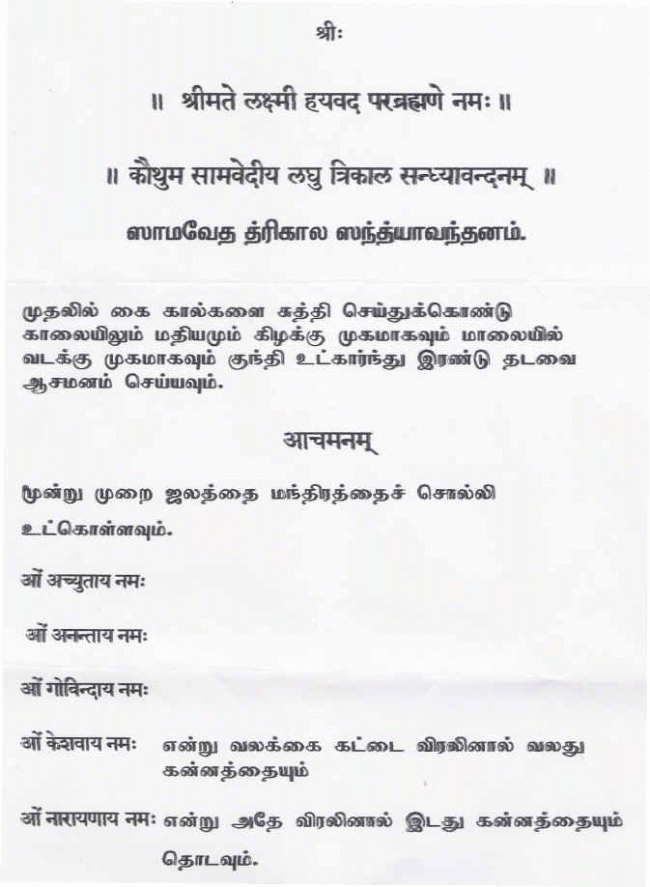

Sutras first appear in the Brahmana and Aranyaka layer of Vedic literature. They grow in the Vedangas, such as the Shrauta Sutras and Kalpa Sutras. These were designed so that they can be easily communicated from a teacher to student, memorized by the recipient for discussion or self-study or as reference.Ī sutra by itself is condensed shorthand, and the threads of syllable are difficult to decipher or understand, without associated scholarly Bhasya or deciphering commentary that fills in the “woof”. Manava Sutra (§), Bharadvaja Sutra (¶), Vadhuna Sutra (¶), Vaikhanasa Sutra (¶), Laugakshi Sutra (¶), Maitra Sutra (¶), Katha Sutra (¶), Varaha Sutra (¶)

Latyayana Sutra (§), Drahyayana Sutra (§), Nidana Sutra (§), Pushpa Sutra (§), Anustotra Sutra (§) VedaĪsvalayana Sutra (§), Sankhayana Sutra (§), Saunaka Sutra (¶) These Shakas are explained in the Sutras,Aphorisms, and they have commentaries,Bhashyas on them as well. ‘A shakha (Sanskrit śākhā, “branch” or “limb”), is a Hindu theological school that specializes in learning certain Vedic texts, or else the traditional texts followed by such a school. An individual follower of a particular school or recension is called a śākhin. The term is also used in Hindu philosophy to refer to an adherent of a particular orthodox system’ĭetails of Shakas for Each Veda provided towards the close of the article. Upanishads form the concluding portion of the Vedas and they enquire into the nature of Reality.Īranyakas and Upanishads form the knowledge aspect of the Vedas,Gnana Kanda.įor details please read my articles on Vedas.Įach Veda a sections.branches, called Shakas. They are concerned with the ceremonial rites and rituals.Īranyakas are concerned more with knowledge ,Gnana and this is mainly for the semi retired from day to day activities. The Samhitas and the Brahmanas form the Karma– Kanda segment of the Vedas. Hinduism understands that there are as many dispositions as are Human Beings, they have tried to suit the groups these texts to suit the groups which have common dispositions. That too, one Veda among the Four, Rig, Yajur, Sama and Atharva.Īnd we have Yajur Veda, which has Shukla and Krishna Yajur.Īs to the methods, though in essence the same, there are minor differences in detail so that people of different dispositions may follow. It takes a minimum of 12 years to learn the Vedas! These are meant for Humanity and any one can follow them.Ĭonsidering the volume, the Rishis have organised them into various branches.

They talk about Reality, suggest and set forth methods to Realize the Self. They are realized Truth, revealed by the Seers, who grasped them from Ether by intuition. Vedas, the religious text of the Hindus are voluminous.


 0 kommentar(er)
0 kommentar(er)
